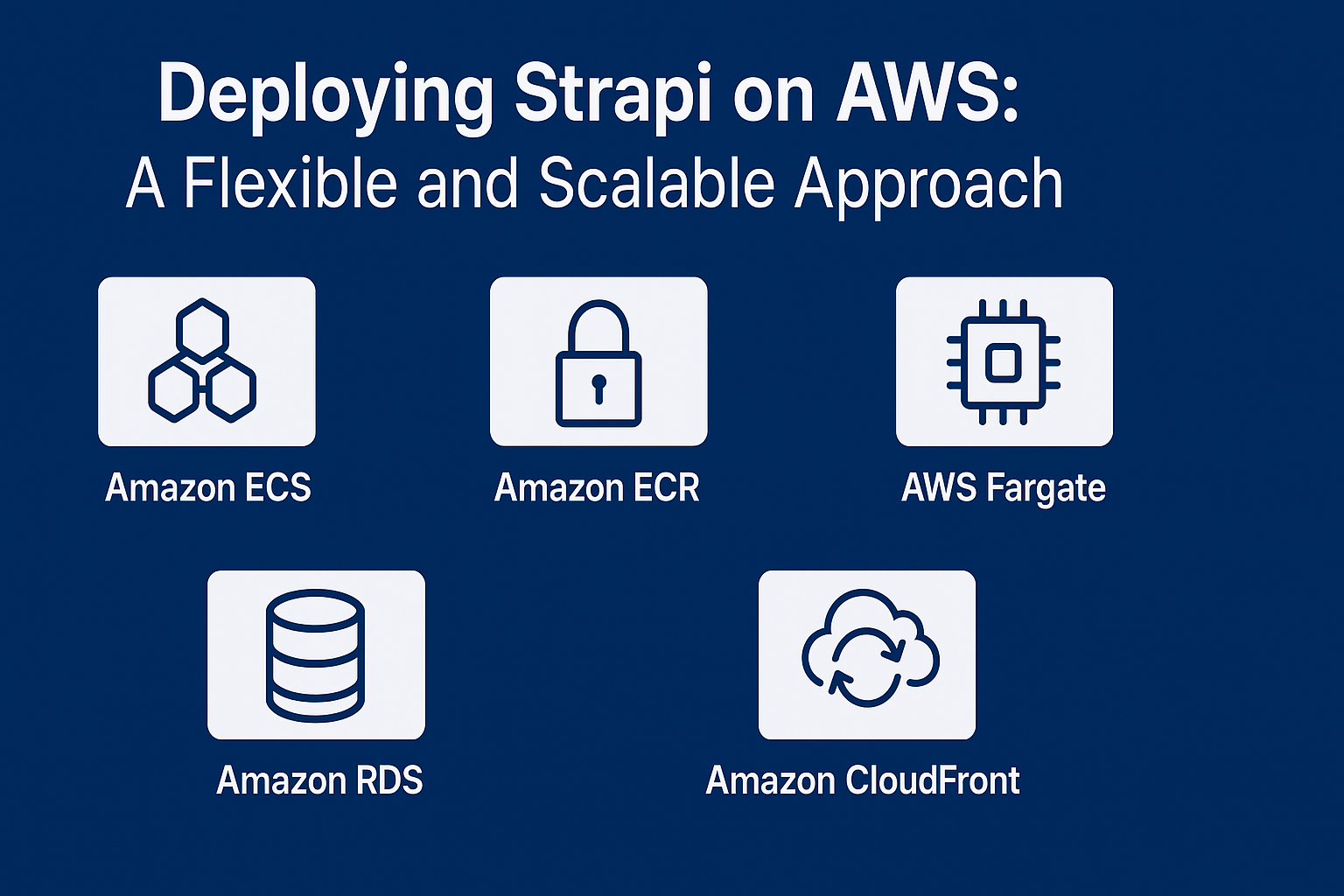
Strapi has gained popularity as a headless CMS for rapid application development, making it a strong candidate for Minimum Viable Products (MVPs). Because of its JavaScript-based, open-source nature, it can adapt quickly to changing requirements—a critical factor when your primary goal is to validate ideas and gather user feedback. Below, you’ll find an overview of how you can deploy Strapi on AWS to achieve flexibility, scalability, and cost-effectiveness.
Why Use Strapi for an MVP?
An MVP often has two main objectives: reduce time to market and validate product-market fit. Strapi fulfills these needs by offering:
- Rapid Development: Its intuitive admin panel and pre-built APIs reduce the need for extensive boilerplate code.
- Adaptability: You can customize data models and permissions without being locked into proprietary ecosystems.
- Neutral Ecosystem: Strapi runs on Node.js, which makes it easy to integrate with other services across different cloud environments.
These traits make Strapi one of several potential solutions for MVPs. While it’s not the only headless CMS on the market, its flexibility makes it worth considering.
Key AWS Services for Deployment
- Amazon Elastic Container Service (ECS): By containerizing Strapi, you can simplify your deployment and scale your containers in response to traffic spikes. ECS orchestrates containers, reducing manual server management.
- Amazon Elastic Container Registry (ECR): This is where you can store container images securely and integrate seamlessly with ECS for automated deployments.
- AWS Fargate: As a serverless compute engine, Fargate allows you to run containers without provisioning or managing servers. It also scales automatically based on defined CPU and memory requirements.
- Amazon RDS: For database management, RDS takes care of updates, backups, and failover. Popular engines like PostgreSQL and MySQL are supported, ensuring Strapi’s database remains robust and easy to scale.
- Amazon S3: When handling media files, S3 provides a cost-effective storage solution. It’s particularly useful for large file uploads, backups, and static asset hosting.
These services, when combined, form the backbone of a flexible, scalable architecture. Feel free to substitute or remove services based on your project’s unique needs and constraints.
Benefits of This Approach
- Cost-Effectiveness: By leveraging serverless services like Fargate, you only pay for what you use. Autoscaling features reduce expenses during low-traffic periods.
- Ease of Scaling: ECS with Fargate can automatically adjust container instances according to demand, preventing downtime or performance bottlenecks.
- Adaptability: AWS offers a broad range of services, giving you the flexibility to add or swap components (e.g., switching to Amazon DynamoDB if you prefer a NoSQL approach).
- Reduced Maintenance: Offloading tasks like database patching and server updates to managed services lets you focus more on product development and less on infrastructure.
Wrapping Up
Whether you’re building an MVP or looking for a robust content management layer, Strapi deployed on AWS can be a compelling choice. It delivers the speed, flexibility, and scalability many teams look for in early-stage projects, while also providing an adaptable foundation for future growth. Still, it’s just one option in the world of headless CMS solutions, so be sure to evaluate your requirements and budget before committing.
If you have any questions or want to discuss potential collaborations, feel free to reach out!
